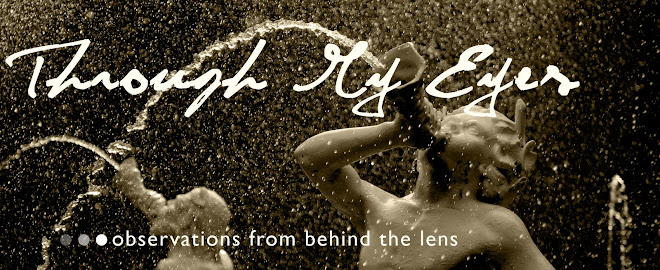It wasn’t too hard to Google “Steel Pier” and 1962. The resulting hits quickly filled in many of the blanks left vacant by the details in the old photo. In March of 1962, on Ash Wednesday, one of the strongest Nor’easters in recorded history hit the Eastern seaboard, pounding the coast from New York to the Outer Banks with waves over 25 feet high. And the subject of this photo was revealed to be the storm-damaged Steel Pier in Atlantic City. But what remained unanswered was why this photo was in our archives, who took it, and why they were in New Jersey, many hundreds of miles from Georgia, in the days following this disaster.
In my opinion, one of the greatest attributes of a great photograph is its ability to tell a story—to exist alone without need of a caption to convey its message. Such an image leaves enough unanswered q
 uestions to evoke the imagination of the viewer to fill in these blanks. Photographic history is filled with memorable images. And in rare instances, a photo can serve to create such a stir, to evoke such emotion, that it can change the world.
uestions to evoke the imagination of the viewer to fill in these blanks. Photographic history is filled with memorable images. And in rare instances, a photo can serve to create such a stir, to evoke such emotion, that it can change the world.Henri Cartier-Bresson’s notion of the “decisive moment” fathered photojournalism. “There is nothing in this world that does not have a decisive moment.” Since those early days with his Leica, photographers like Cartier-Bresson have frozen moments that changed ideals and history.
The recreated Iwo Jima flag-raising photo by Joe Rosenthal is probably the most recognized image from World War II. But George Strock’s image likely did much more to win the war in the Pacific. Sensing that Americans were becoming complacent about the war, President Roosevelt lifted the ban on the publication of images of U.S. casualties in 1943. Strock’s shocking photo of three dead Marines on a beach in Papua New Guinea shocked Americans and rekindled a sense of determination.
While Strock’s image may have strengthened American resolve to win a war, an infamous Vietnam photo may have served to turn a country against the conflict. During the first Tet offensive in 1968, Associated Press photographer Eddie Adams captured the execution of Viet-Cong captain by Nguyen Ngoc Loan, South Vietnam’s national police chief. The photo won a Pulitzer Prize, destroyed the life of Loan, who was executing a true war criminal, and turned the public opinion against the war in Vietnam.
Whether the result of pure happenstance or careful planning, opening the shutter at the “decisive moment” can change history. And not every photo was intended to evoke change. Would the photographs from Abu Grave prison in Iraq have ever been taken had it been thought that they would air on international television? Did Stuart Franklin Magnum think that his image of a student facing down a tank in Tiananmen Square would become an icon for hope in China before he squeezed the shutter release?
So the fact remains that I have no idea who took this photo of the Steel Pier or why they ventured to New Jersey and left this image for me to find. Seeing it captured my imagination and my curiousity. Because of it, I know more about a long forgotten storm and its impact on Atlantic City. And it leads me to wonder what impact my images might have on the world and when the next opportunity for a “decisive moment” might come for me.




No comments:
Post a Comment